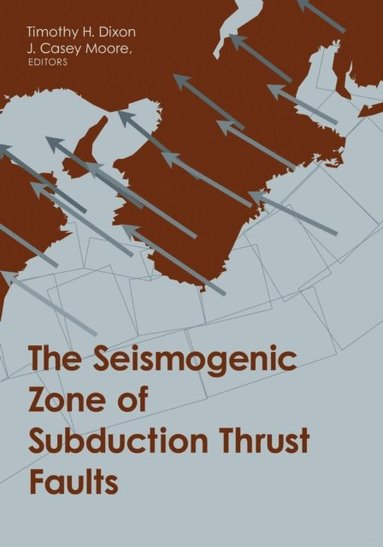
Fler böcker inom
- Format
- E-bok
- Filformat
-
EPUB med LCP-kryptering (0.0 MB)
Om LCP-kryptering - Nedladdning
- Kan laddas ned under 24 månader, dock max 6 gånger.
- Språk
- Engelska
- Antal sidor
- 692
- Utgivningsdatum
- 2007-09-20
- Förlag
- Columbia University Press
- ISBN
- 9780231512015
Seismogenic Zone of Subduction Thrust Faults E-bok
E-bok (LCP),
Engelska, 2007-09-20
Finns även som
Kundrecensioner
Har du läst boken?
Sätt ditt betyg »
Fler böcker av författarna
-
Curbing Catastrophe
Timothy H Dixon, Timothy H Dixon, Timothy H Dixon
This thought-provoking book presents a compelling account of recent and historical disasters, both natural and human-caused, drawing out common themes and providing a holistic understanding of hazards, disasters and mitigation, for anyone interest...
Du kanske gillar
-
Orbital
Samantha Harvey
Häftad -
Empire of AI
Karen Hao
Inbunden
